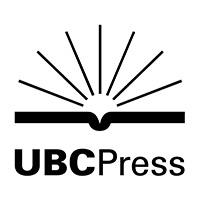University of British Columbia Press
Defining Rights and Wrongs
Bureaucracy, Human Rights, and Public Accountability
Distributed for University of British Columbia Press
Defining Rights and Wrongs
Bureaucracy, Human Rights, and Public Accountability
Human rights complaints attract a great deal of public interest, but what is going on below the surface? When people contact a human rights lawyer, how do they think about and use human rights discourse? How are complaints turned into cases? Can administrative systems be both effective and fair? Defining Rights and Wrongs investigates the day-to-day practices of low-level officials and intermediaries as they construct domestic human rights complaints. It identifies the values that a human rights system should uphold if it is to promote mutual respect and foster the personal dignity and equal rights of citizens.
Table of Contents
Acknowledgments
Introduction
1 An Overview of Public Administration of Human Rights Enforcement in Canada
2 The Roles of Frontline Staff and Independent Lawyers in the Public Administration of Human Rights Enforcement
3 Transforming Human Rights Complaints into Cases
4 Publics, Counterpublics, and the Public Interest
Conclusion
Appendix: Excerpts from the Ontario Human Rights Code
Notes; Bibliography; Index

